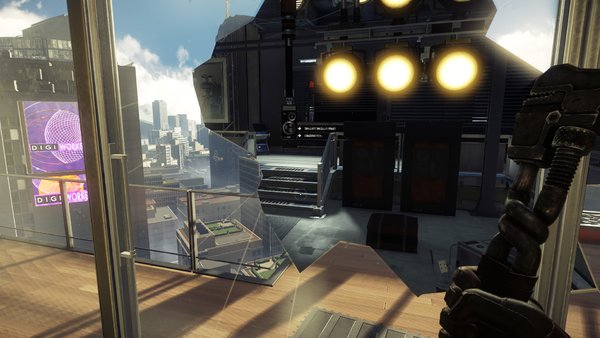
I opted for a solution that involves getting the cooperation of the reader. Much more work with very uncertain results. Or you have to make multiple designs, one for each device then on the market. You end up designing for a particular device which may not even exist in a few months when the company making it folds up. Each device has its own format requirements. The trouble is that such layouts may not working well on all devices. Some favor a solution that uses fixed page layouts which prevent readers from changing things. This changes the look of the poem on the screen and defeats the poets intentions in creating the lines of the poem. If a poem has lines that are a certain length, the computer will word wrap the line when the reader increases the font size or reduces the page size. The biggest challenge in designing a poetry eBook is to preserve the visual layout of a poem in the face of the fluidity of the digital page where readers can change fonts and page size. The Biggest Challenge in Publishing Poetry eBooks

#SET OPENING PAGE IN JUTOH SOFTWARE#
I learned later that there are much better software alternatives. My friend Rob McBride helped me over the rough spots.

So I pushed and plodded through to the end. At the time, I thought it was the only software option. As it turned out, it was a frustrating and expensive process. And the result was problematical due to the mess of coding complications that Adobe builds into its products. Being familiar with Adobe Pagemaker and InDesign software, I used it to make the first eBook. I had the original book published by Editorial Pocho Che in 1980 to use as a visual guide to create the eBook. I got back to it in 2011 with Heart Suite, starting with Heart Songs, Nina Serrano’s first book containing poetry she wrote from 1969-1979. The design process was thrilling and left me with a desire to return to it if circumstances permitted. Alice’s sister, Katie Peake, financed it. I edited the book and wrote the introductions to each section that described the subjects that my father had photographed. Luckily for me, and for anyone reading the book, Rene Castro and Deborah Netsky did the design. The first time I created a book was in 1986 when I published Critical Focus, the Black and White Photographs of Harvey Wilson Richards. How the book is greater than the sum of its parts. Whatever your intentions, the proof copy shows you how all the pieces fit together. Receiving the proof copy is perhaps the most exciting moment in the design process, when it reveals what your design actually is, as opposed to what you thought it was. Then you can revise and move to the final form. In order to see what it looks like you have to have a copy of it in your hands. The cover design expresses the result of the entire process. You establish the sequence of pages, the relationships of chapters or sections, the order of appearance of images. Fonts, font sizes, margins, spacing, paragraph styles, page numbers, illustrations, photos etc.

Each layout has elements you must prescribe. The process of creating an eBook started with creating the print book. That sense guided me in designing Nina Serrano’s Heart Suite trilogy of poetry books, both print and digital. Over the years of reading books, my eye developed a sense of what is good, what I like, and what is not good, what I don’t like, in a book. Both design for the reader’s eye and experience. Print and eBook design are two different but related processes. The question is how do eBooks measure up to print books? Are they the same or are there differences when a book becomes an eBook?ĭesigning print books is an age old process. As a publisher, my approach to print vs eBook is to do the best job with both that I can do. Equally certain is the fact that both print and eBook formats are here to stay. Publishing Poetry eBooks: The First Estuary Press eBooksĬan poetry be adequately rendered in eBook formats? Are print books inherently better for preserving the poetic layout of a poem’s lines and spacing? Certainly, we all have our preferences and opinions about this.


 0 kommentar(er)
0 kommentar(er)
